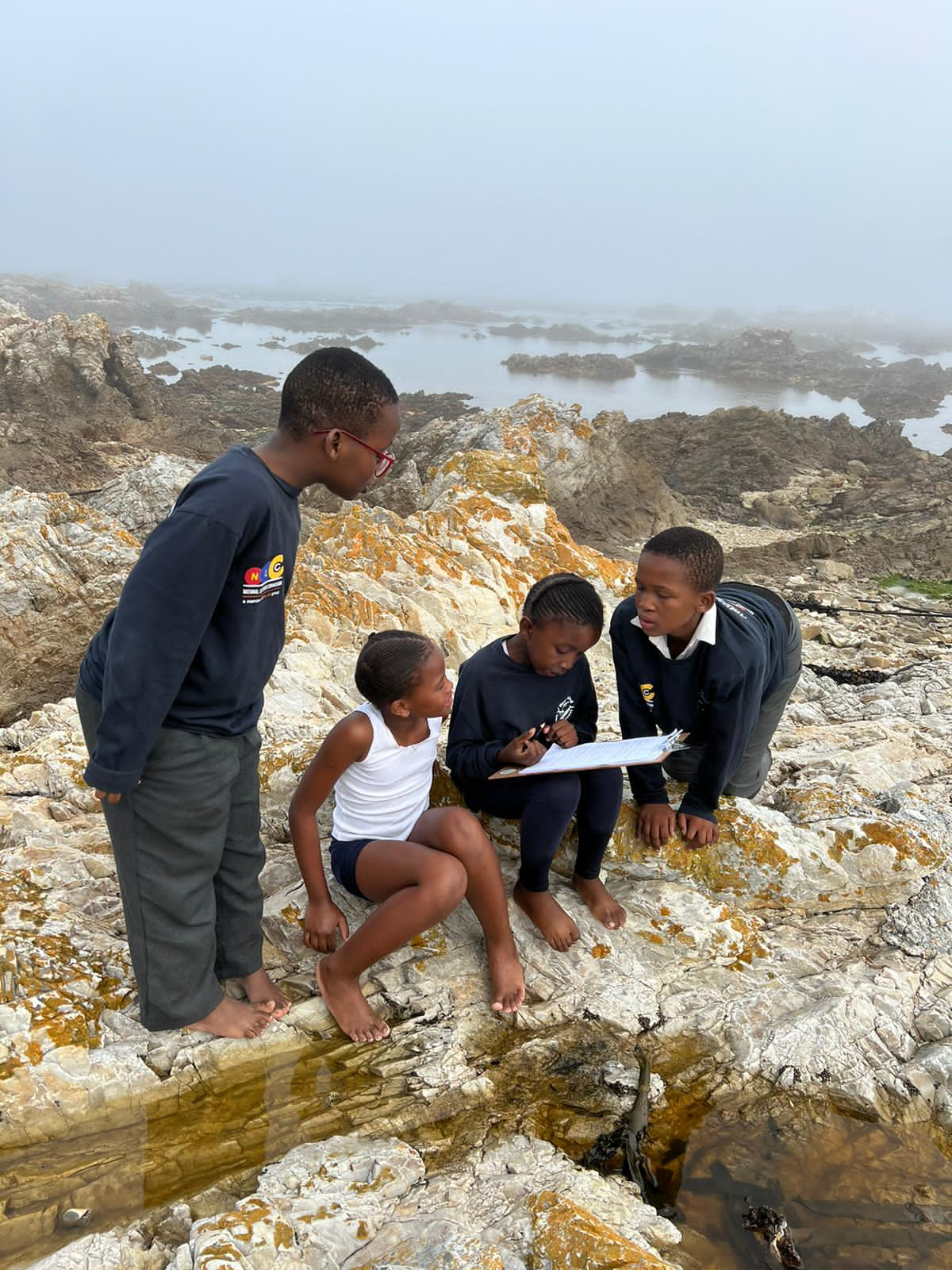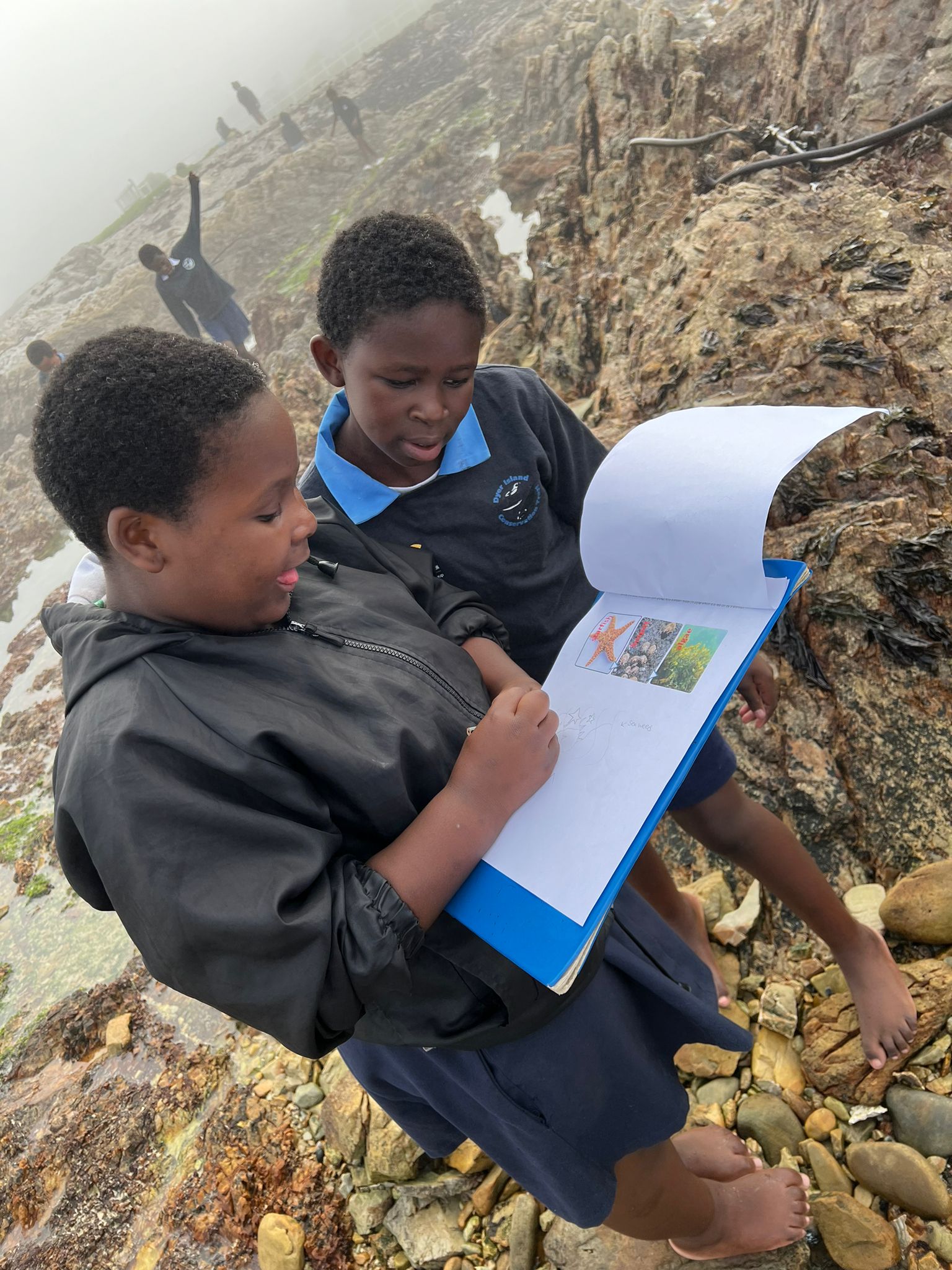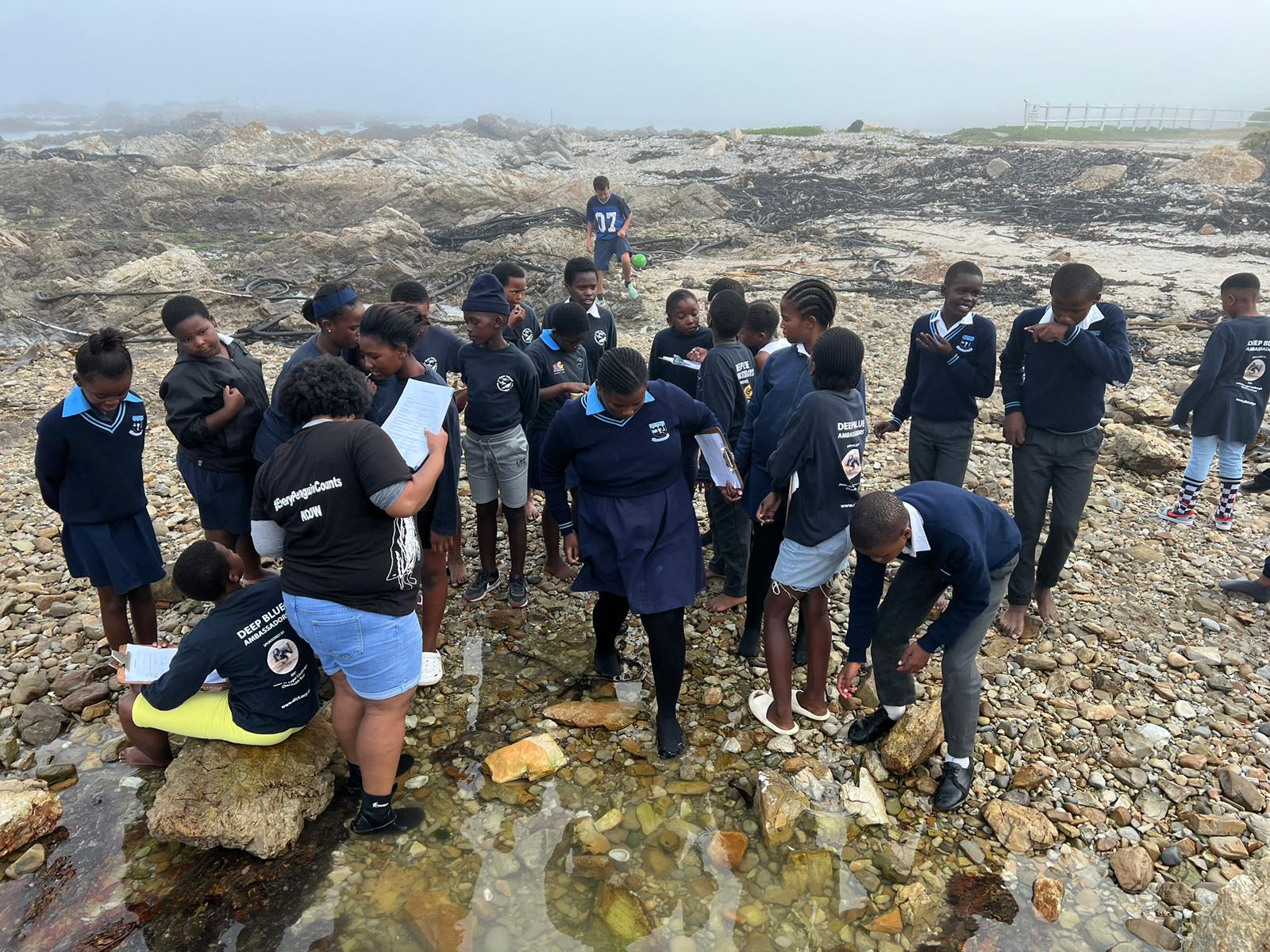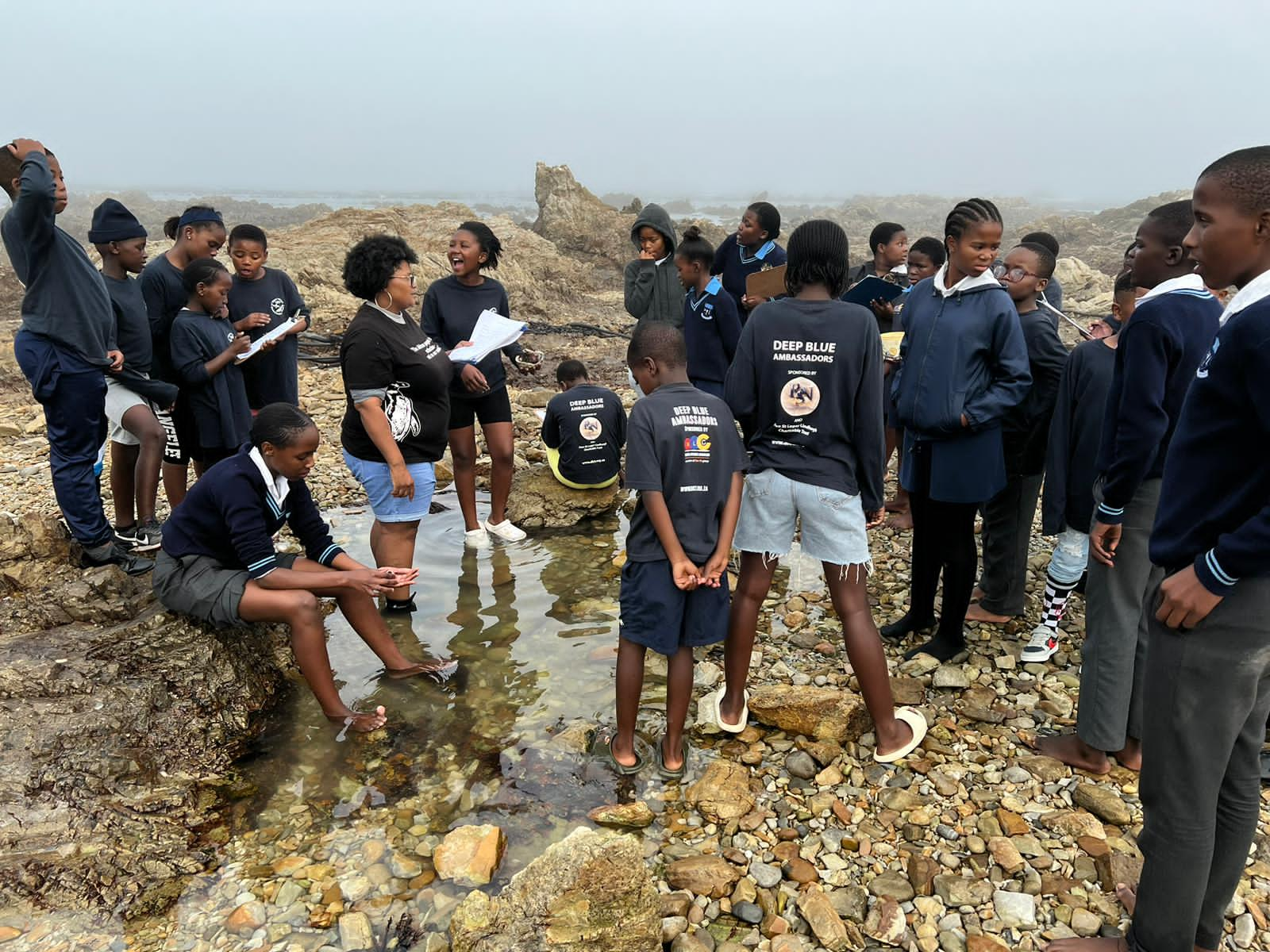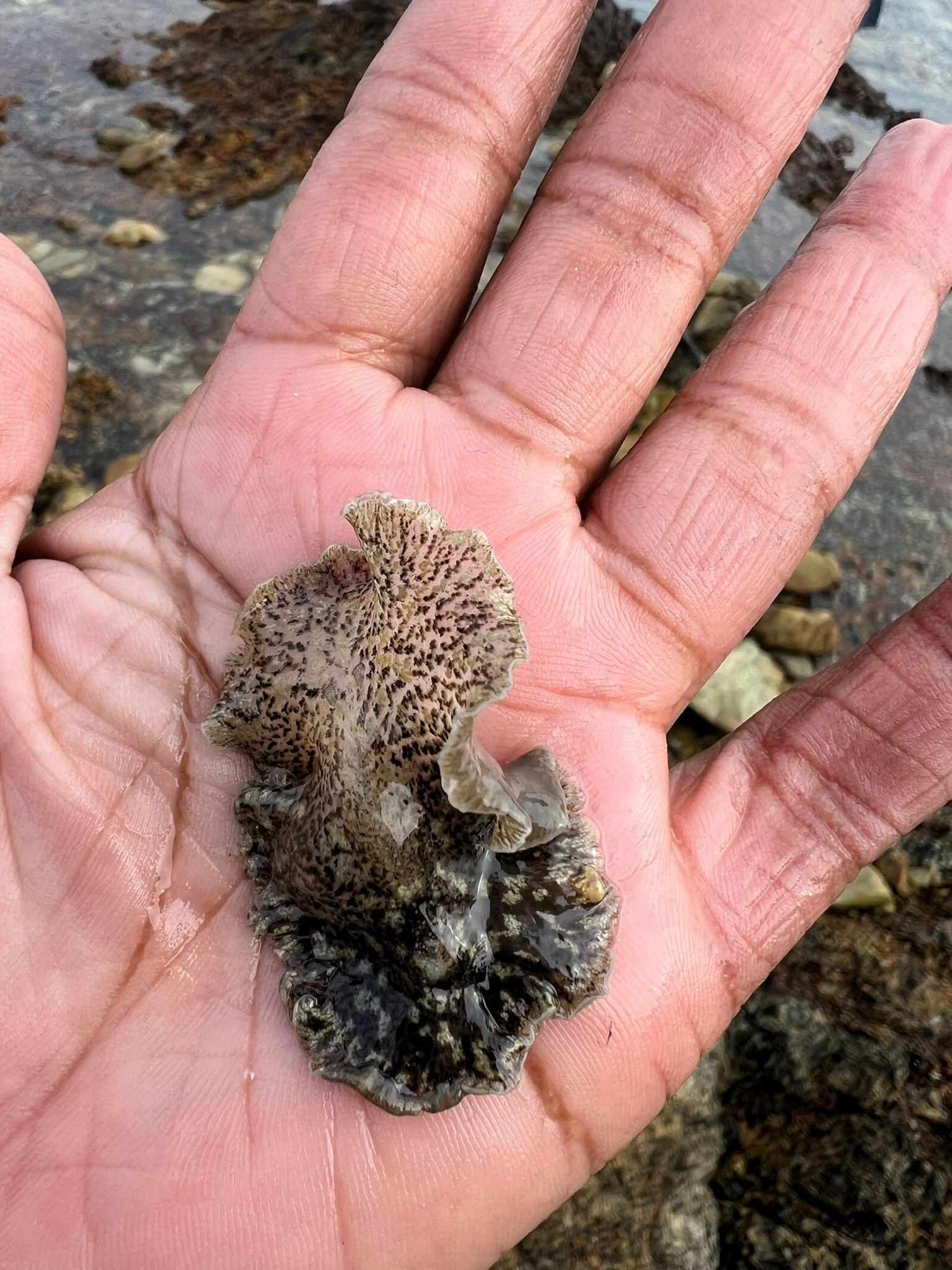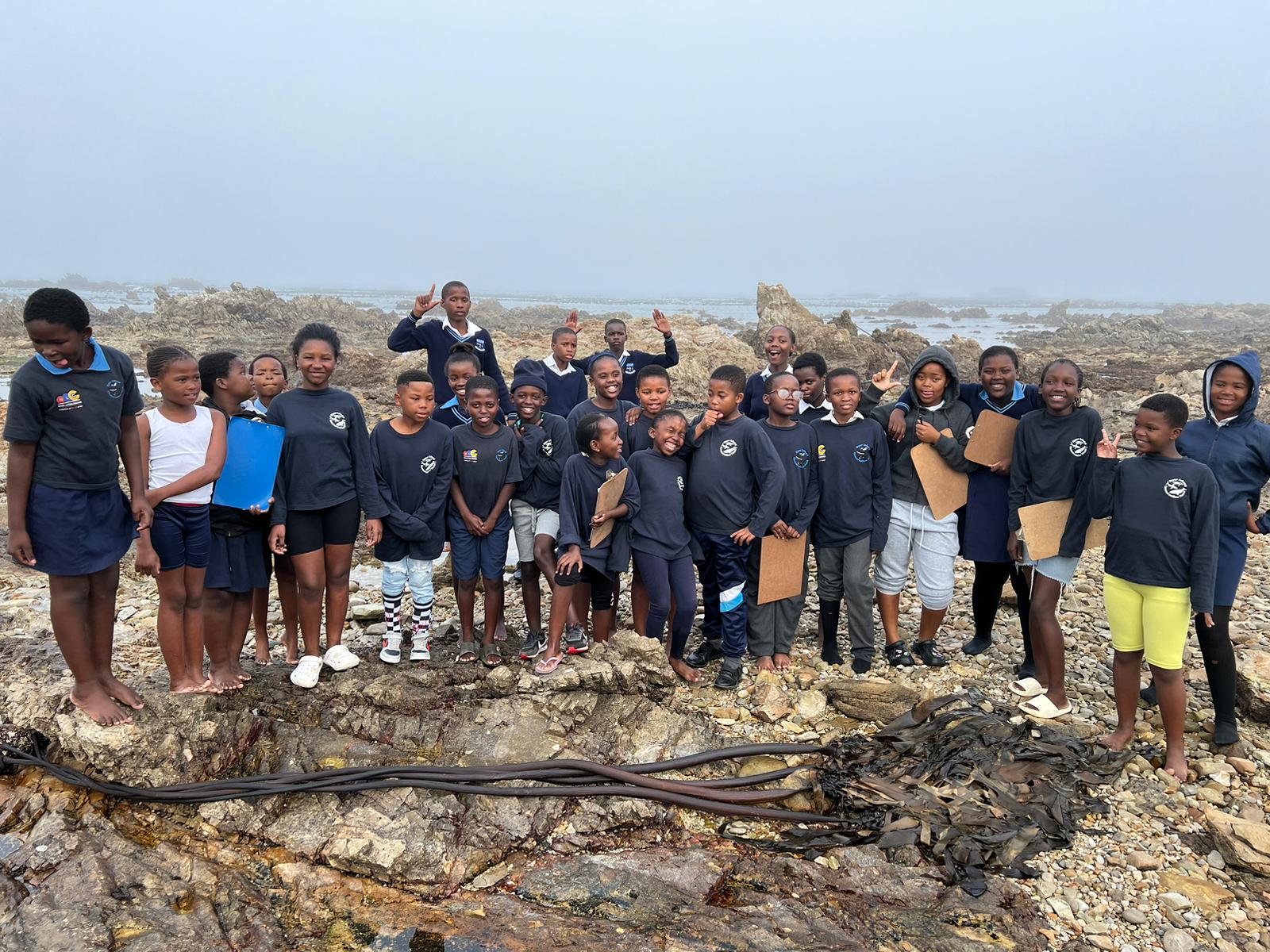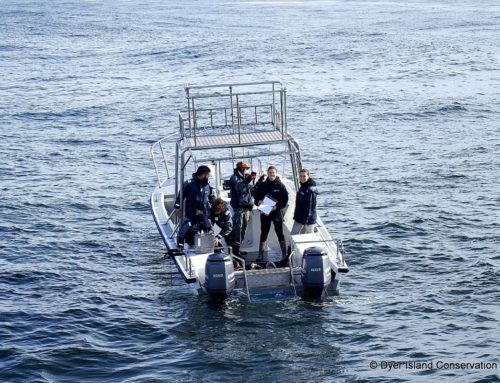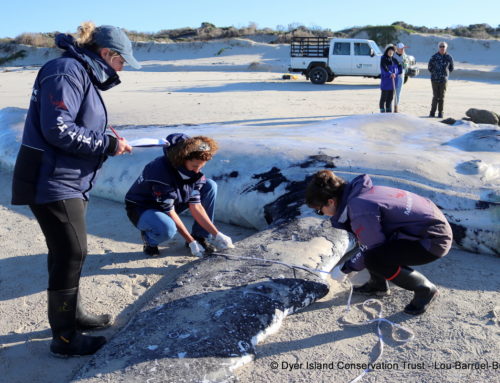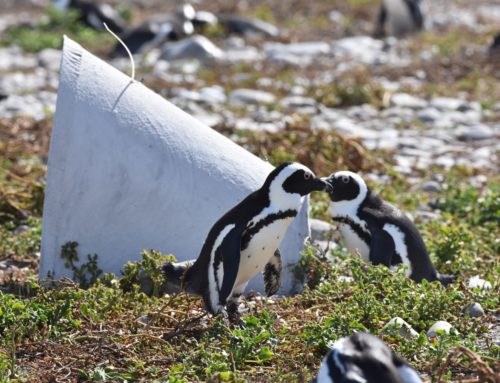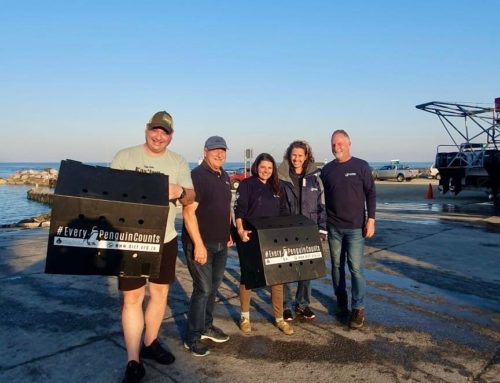Exploring rocky shores and rock pools sounds like a fascinating adventure, even on a misty day! It’s incredible how such seemingly ordinary places can harbor such a diverse array of life forms and serve as excellent educational tools.
DEEP embarked on an exciting journey to explore the hidden treasures of rock pools and unravel the mysteries of their unique adaptations. From tiny crustaceans to colorful anemones, they delved into the fascinating world of intertidal ecosystems and learn about the incredible creatures that call them home. With eager anticipation, they set out to explore the captivating world of intertidal ecosystems, eager to discover the remarkable creatures that inhabit them.
From the moment they arrived at the rocky shores, excitement filled the air. Armed with curiosity and a thirst for knowledge, the learners eagerly ventured into the rocky terrain of Kleinbaai, their eyes alight with wonder. Being able to see, touch, and observe the creatures in their natural habitat can deepen understanding in ways that classroom lessons alone cannot. Plus, it’s a great way to foster a sense of wonder and appreciation for the natural world.

